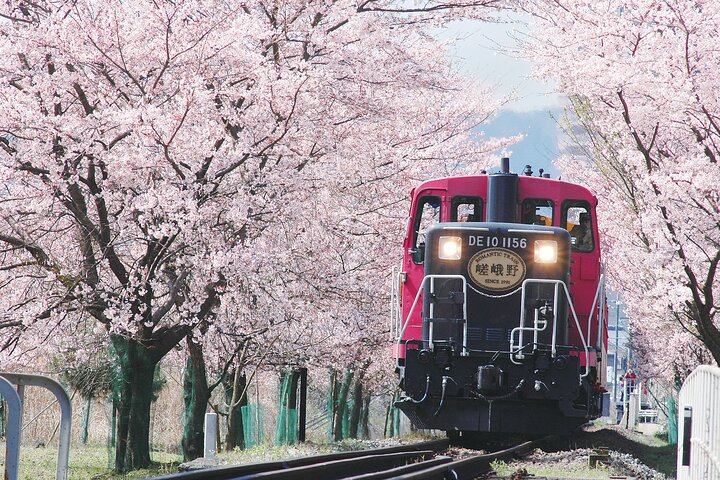Savoring Tradition: A Culinary Journey in Kyoto
In search of an authentic culinary experience, I ventured to Kyoto to join Emika in her cozy kitchen for a day of traditional Japanese cooking. What unfolded was a journey into the heart of Japanese hospitality and cuisine.
A Warm Welcome in Kyoto
As I stepped off the train at Katsura Station, the air was filled with the gentle hum of daily life in Kyoto. The walk to Emika’s home was a delightful journey through winding streets, each turn revealing a new facet of this charming neighborhood. The anticipation of learning traditional Japanese cooking techniques was palpable, and I couldn’t help but feel a sense of gratitude for the opportunity to immerse myself in such an authentic experience.
Upon arrival, Emika greeted me with a warm smile and a welcoming demeanor that immediately put me at ease. Her home, a cozy haven filled with the aroma of fresh ingredients, was the perfect setting for our culinary adventure. Despite never having lived in an English-speaking country, Emika’s English was impeccable, allowing for seamless communication and a deeper understanding of the cultural nuances she shared.
The Art of Sushi and Obanzai
The cooking class began with a brief introduction to the ingredients we would be using, many of which were harvested from Emika’s family’s organic vegetable field. The variety of daikon radishes alone was enough to spark my curiosity and excitement. Emika’s passion for traditional Japanese cuisine was evident as she guided us through the preparation of sushi and Obanzai-style dishes.
We chose to focus on sushi, a decision that was met with enthusiasm from Emika, who had honed her skills working in a sushi restaurant during the pandemic. Her expertise was evident as she demonstrated the delicate art of sushi-making, from selecting the freshest sashimi to crafting perfectly seasoned rice. Alongside the sushi, we prepared a selection of side dishes, including sonomono, a refreshing cucumber salad, and a broccolini dish that highlighted the natural flavors of the vegetables.
The highlight of the meal was undoubtedly the homemade miso soup, crafted from miso paste made by Emika’s family. The nutty flavor of the miso was unlike any I had tasted before, a testament to the quality and care that went into its creation. Emika’s ability to accommodate dietary preferences was also commendable, as she effortlessly adapted the menu to suit a vegetarian diet.
A Taste of Local Life
After our meal, Emika invited us to join her on a tour of the local supermarket, a short walk from her home. This excursion offered a glimpse into the daily lives of Kyoto’s residents, as we explored aisles filled with unique ingredients and seasonal produce. Emika’s knowledge of Japanese ingredients and seasonings was invaluable, and she graciously assisted in selecting items to take home.
The supermarket visit was not just about shopping; it was an extension of the cultural experience. We discovered a bakery within the store, where we indulged in Japanese breads and fresh fruits, perfect for snacks later in the day. This simple yet enriching activity added another layer to our understanding of Japanese culture and cuisine.
Reflecting on the day, I realized that this experience was more than just a cooking class. It was a journey into the heart of Japanese hospitality and tradition, a reminder of the beauty found in everyday life. If you find yourself in Kyoto, I highly recommend Emika’s Cooking Class for a truly unforgettable cultural immersion.












































